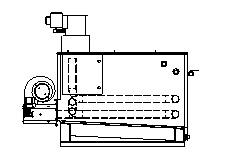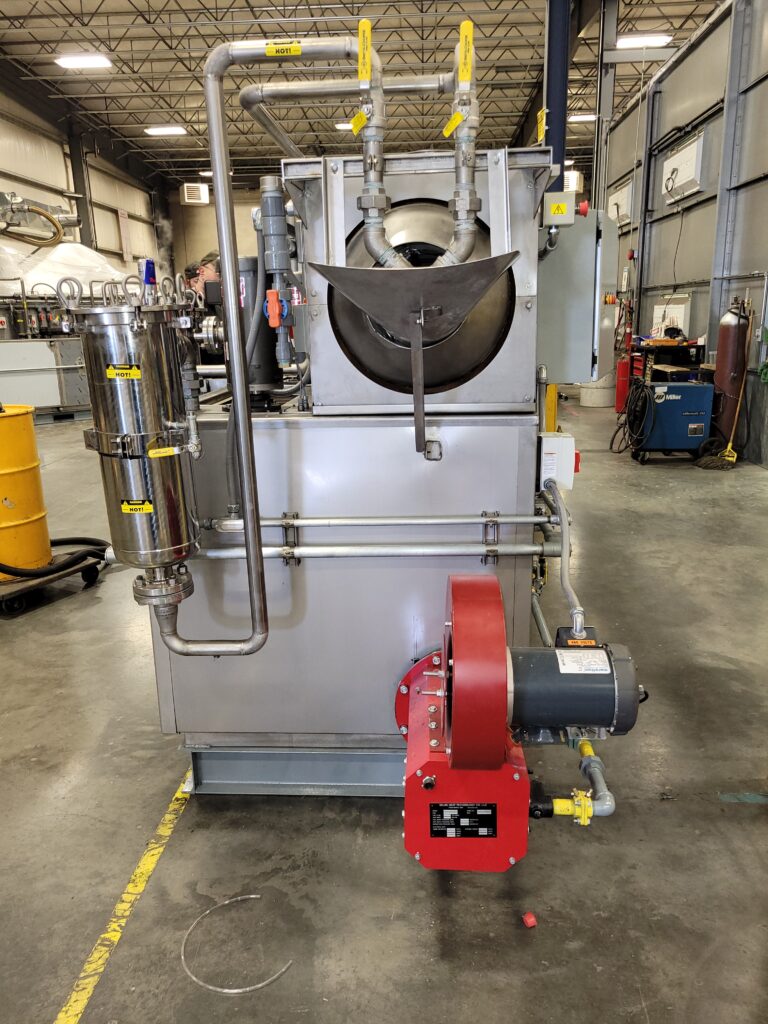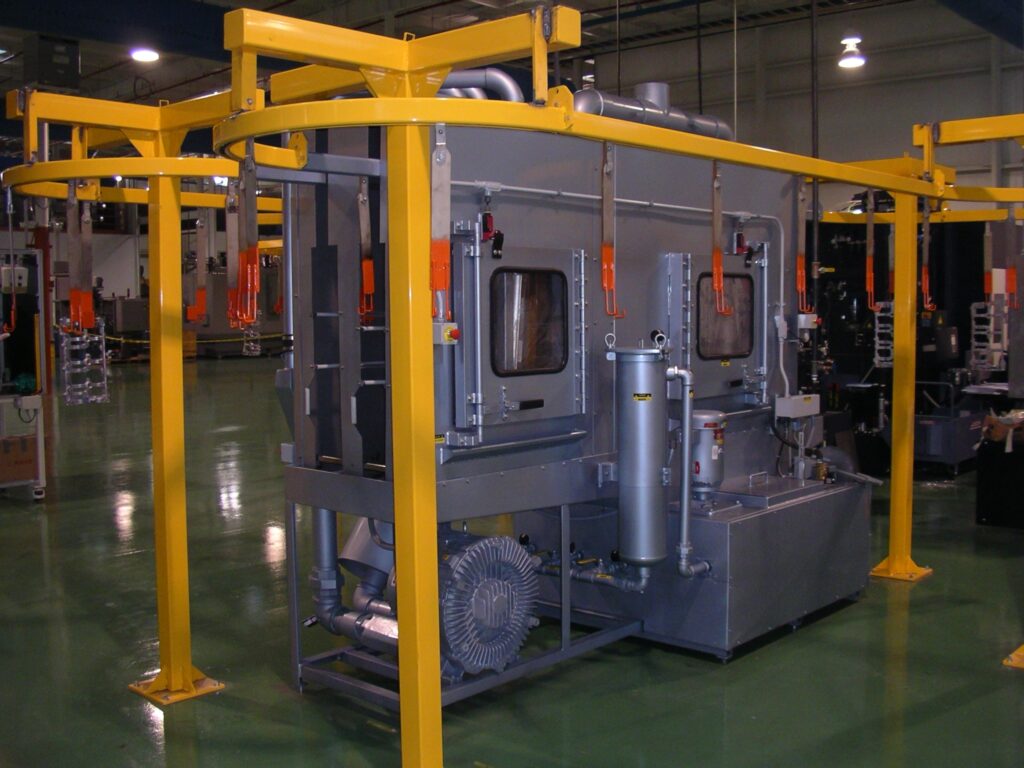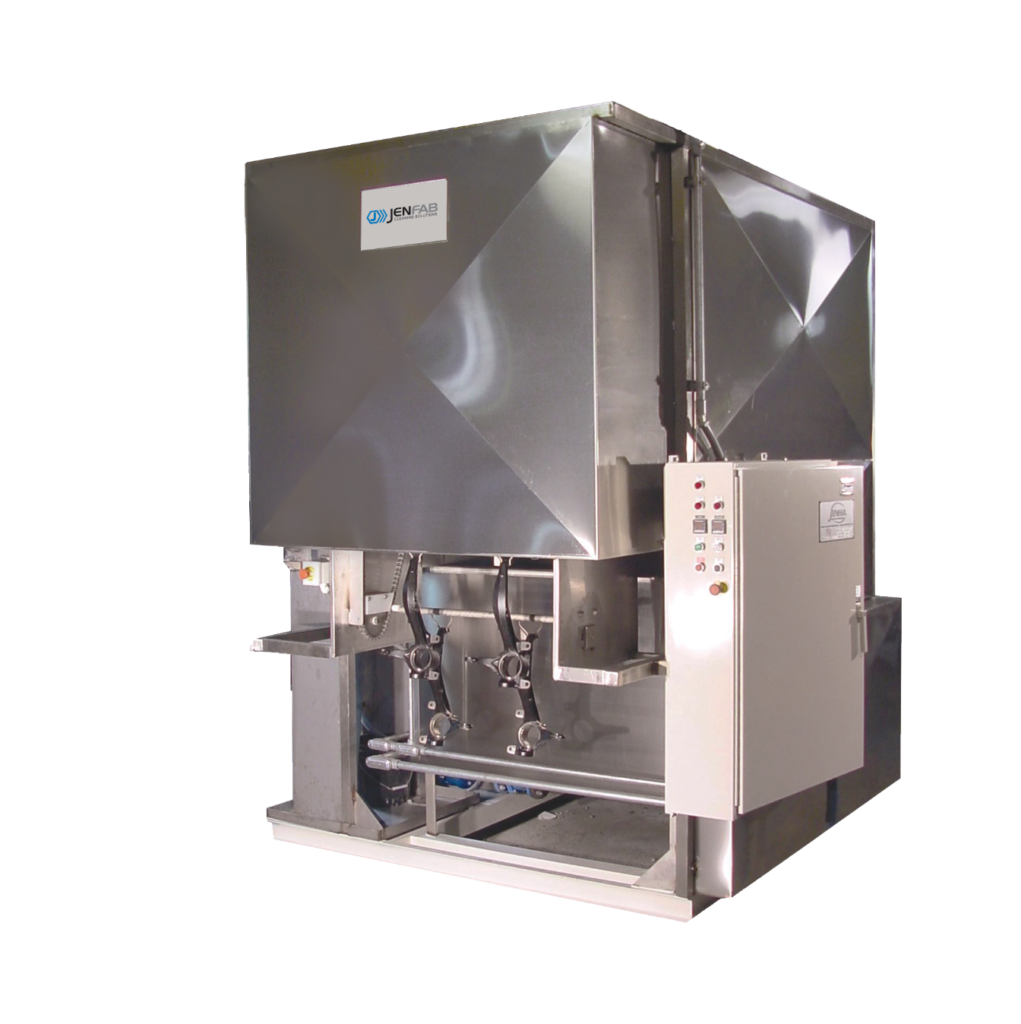In your research of parts washers, you might have come across the term ultrasonics. This is usually in reference to an optional feature that can be added to the standard parts washing system to achieve a specific level of cleanliness.
So, what are ultrasonics and how do they work?
As you might imagine, ultrasonic devices emit sound waves at specific frequencies. When under water, this causes a process called cavitation. Cavitation occurs when the soundwaves from an ultrasonic device causes the water molecules to become volatile when interacting with the part being washed. These water molecules then implode when they strike an object or part sending a tiny shockwave into the part’s surface, which helps to loosen soils and debris.
There are many different types of ultrasonic devices that operate at different frequencies. The type of ultrasonic device chosen is usually defined by the shape of the part, its size, the type of contaminant to be removed and the level of cleanliness that is to be achieved.
Typically, ultrasonics with frequencies in the range of 25 kilohertz (kHz) to 40 kHz are used in parts washing applications. Lower frequencies are used to remove larger soils while higher frequencies are used to remove soils at the sub-microscopic level and to access tiny holes. The frequency chosen depends on the customer’s cleanliness requirements and the part’s geometry.
In addition, ultrasonics are also used to clean parts with complex shapes where sprays or liquid immersion might not be enough. The ultrasonic cavitation process can reach into virtually any hole, groove or recess a part may have to loosen soils.
However, ultrasonics can only work when immersed in the cleaning solution and is always used as a supplemental feature. Ultrasonics are rarely successful as a primary or initial cleaning tool. Rather, ultrasonics are often used in conjunction with some form of mechanical motion (agitation or rotation) during full immersion. When combined with these other features, ultrasonics can prove to be highly effective.
For all its advantages, ultrasonics do have some limitations you should be aware of. High levels of air, bubbles, oil or solid soils in the cleaning solution can absorb the ultrasonic cavitation. Additionally, certain materials, such as soft plastic, can also absorb ultrasonic cavitation and prevent it from being uniform within the cleaning tank. Aggressive filtration will also interfere with ultrasonics because it tends to introduce air and bubbles into the solution.
Generally, ultrasonics are used for specialized, precision cleaning. It is not a good fit for initial soil removal and the washing environment must meet the conditions mentioned above. So, when considering whether or not to use this feature, be sure to discuss it in detail with your vendor to see if this is a good fit for your cleaning application.


















